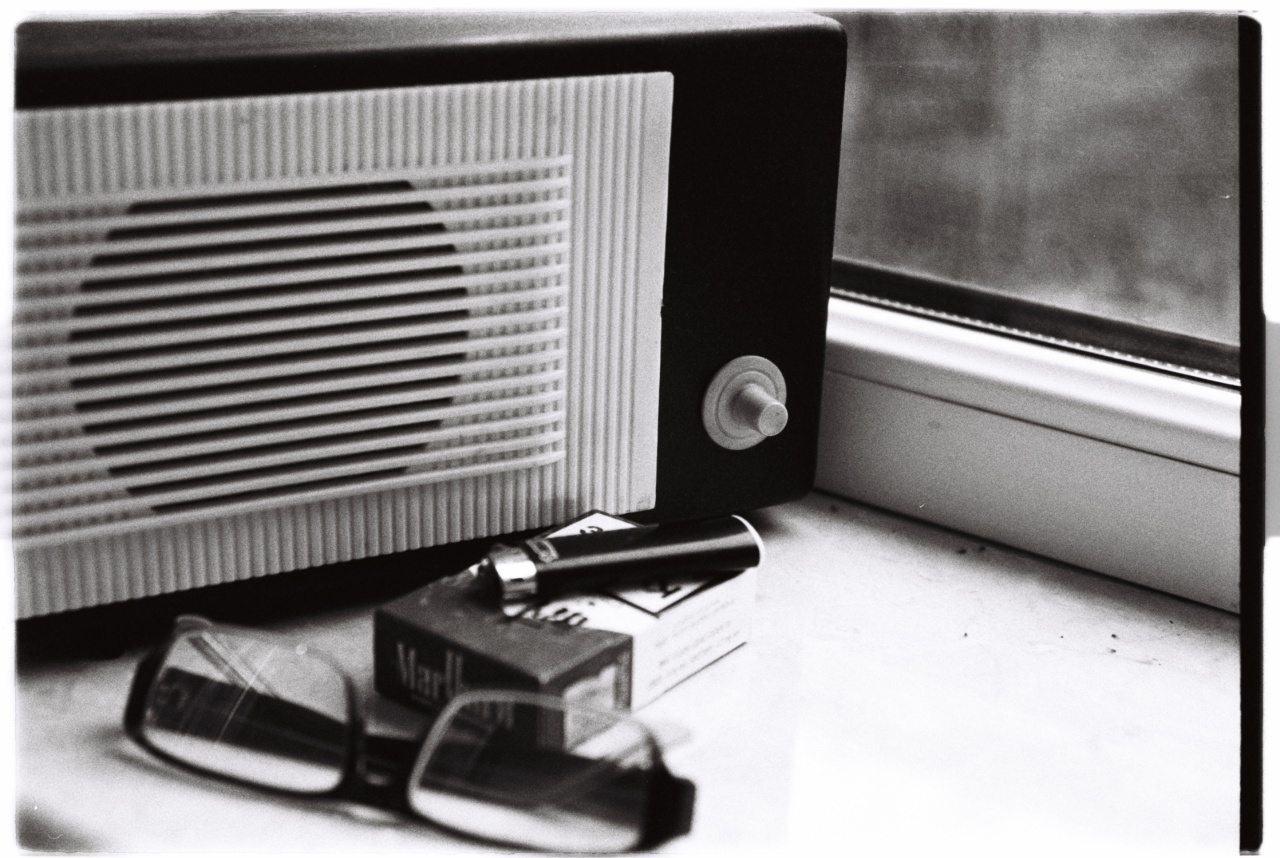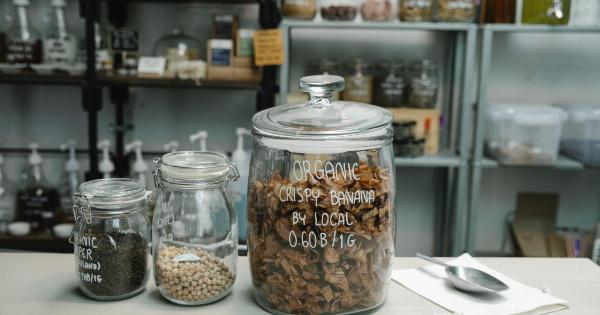We often hear about the dangers of smoking and the harmful effects of secondhand smoke. However, there is another toxin that is just as harmful, if not more, than a pack of cigarettes.
This toxin is lurking in our homes, workplaces, and even outdoors, affecting our respiratory health and overall well-being. In this article, we will explore this harmful toxin and provide tips on how to avoid it for a healthier life.
What is This Harmful Toxin?
The toxin we are referring to is none other than air pollution. While we often associate air pollution with outdoor smog and industrial areas, it is also a significant concern indoors.
In fact, indoor air pollution can be two to five times higher than outdoor pollution, according to the U.S. Environmental Protection Agency (EPA).
Sources of Indoor Air Pollution
Indoor air pollution can come from various sources within our homes and workplaces:.
1. Volatile Organic Compounds (VOCs)
VOCs are emitted as gases from certain solids or liquids. Common sources of VOCs include paints, varnishes, cleaning supplies, new furniture, and building materials.
Breathing in high levels of VOCs can lead to short-term health effects such as headaches and dizziness, as well as long-term effects on our respiratory and nervous systems.
2. Mold and Mildew
Mold and mildew can thrive in damp environments and release spores into the air. Inhalation of mold spores can cause allergic reactions, respiratory issues, and even chronic conditions.
Common areas where mold and mildew can be found include bathrooms, basements, and areas with water leaks or high humidity.
3. Tobacco Smoke
While this article highlights a toxin other than cigarettes, it is important to mention that secondhand smoke is a major indoor air pollutant.
Breathing in secondhand smoke can lead to numerous health problems, including respiratory infections, asthma attacks, and lung cancer.
4. Radon
Radon is a naturally occurring radioactive gas that forms from the decay of uranium in the soil. It can seep through cracks and gaps in buildings, leading to indoor air pollution.
Prolonged exposure to high levels of radon can significantly increase the risk of developing lung cancer.
5. Household Chemicals
Many household cleaning products, including disinfectants, aerosols, and air fresheners, contain harmful chemicals that can pollute the indoor air.
These chemicals can irritate the respiratory system, trigger allergies, and contribute to the development of respiratory conditions.
6. Particulate Matter
Particulate matter refers to a mixture of solid particles and liquid droplets that are suspended in the air.
Common sources of particulate matter in indoor spaces include cooking activities, burning candles or incense, and using certain household appliances. Fine particles, in particular, can penetrate deep into the respiratory system and cause or worsen respiratory conditions.
Effects of Indoor Air Pollution on Health
Prolonged exposure to indoor air pollution can have a significant impact on our health:.
1. Respiratory Issues
Indoor air pollutants can irritate the respiratory system, leading to symptoms such as coughing, wheezing, shortness of breath, and chest tightness.
Individuals with pre-existing respiratory conditions, such as asthma or chronic obstructive pulmonary disease (COPD), are particularly vulnerable to the effects of indoor air pollution.
2. Allergies and Asthma
Exposure to certain indoor pollutants like mold, dust mites, and pet dander can trigger allergic reactions and worsen asthma symptoms.
Children, in particular, are at a higher risk of developing allergies and asthma due to prolonged exposure to indoor air pollution.
3. Increased Risk of Cardiovascular Diseases
Studies have shown a link between exposure to indoor air pollution and an increased risk of cardiovascular diseases such as heart attacks, strokes, and high blood pressure.
Fine particles and gases present in polluted indoor air can enter the bloodstream and negatively affect the cardiovascular system.
How to Avoid Indoor Air Pollution
To breathe easy and avoid the harmful effects of indoor air pollution, follow these tips:.
1. Keep Your Home Clean
Regularly clean your home to minimize dust, pet dander, and other allergens. Use a vacuum cleaner with a HEPA filter to effectively trap small particles, and mop hard floors with a damp cloth to prevent dust from resettling.
2. Ventilate Properly
Proper ventilation is crucial for maintaining good indoor air quality. Open windows and doors when possible to let in fresh air, and use exhaust fans in the kitchen and bathroom to remove pollutants and excess moisture.
3. Be Mindful of Chemical Usage
Choose natural, non-toxic cleaning products and avoid using strong chemicals indoors. Opt for alternatives like baking soda, vinegar, and lemon juice for cleaning. When painting or using adhesives, opt for low-VOC or VOC-free products.
4. Control Humidity Levels
High humidity levels can promote the growth of mold and mildew. Use dehumidifiers in damp areas to control moisture, fix any water leaks promptly, and ensure proper ventilation in areas prone to humidity, such as the bathroom and basement.
5. Maintain a Smoke-Free Environment
Avoid smoking indoors and discourage others from doing so. If you or someone in your household smokes, consider quitting or designating a specific outdoor area for smoking to minimize the impact of secondhand smoke.
6. Test for Radon
Get your home tested for radon, especially if you live in an area known for high radon levels. Radon test kits are easily available and can help you determine if mitigation measures are necessary to reduce radon levels.
Conclusion
Indoor air pollution is a significant concern that can have detrimental effects on our respiratory health and overall well-being.
By being aware of the sources of indoor air pollution and taking steps to avoid it, we can breathe easy and enjoy a healthier and cleaner living environment.





























